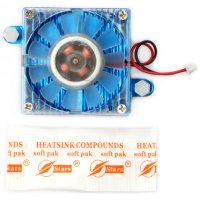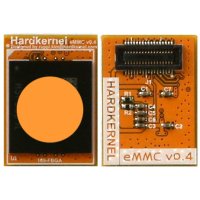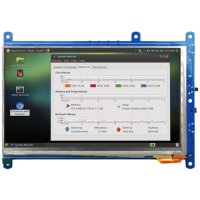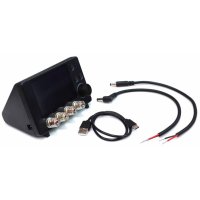ODROID-XU4Q
The supplier of the product has no replacement and/or refund policy as part of their product warranty/guarantee. Furthermore, the repair cost and the cost of shipping to and fro from South Korea has to be borne. As Fab.to.Lab is merely an intermediary we extend the exact same warranty terms to all customers of Harkernel.
Please find more details here: Supplier warranty terms and conditions: https://www.hardkernel.com/agreement/
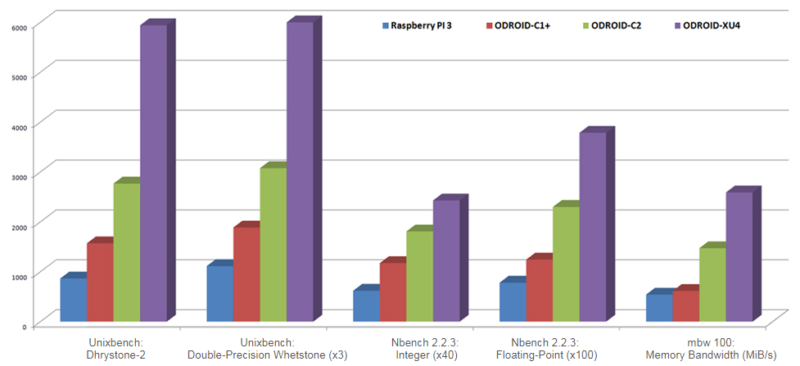
| Benchmarks (Index Score) | Raspberry Pi 3 | ODROID-C1+ | ODROID-C2 | ODROID-XU4 |
| Unixbench: Dhrystone-2 | 865.4 | 1571.6 | 2768.2 | 5941.4 |
| Unixbench: Double-Precision Whetstone (x3) | 1113 | 1887.3 | 3076.8 | 6186.3 |
| Nbench 2.2.3: Integer (x40) | 619.92 | 1173.6 | 1808.92 | 2430.52 |
| Nbench 2.2.3: Floating-Point (x100) | 781.8 | 1245.3 | 2300.3 | 3787.3 |
| mbw100: Memory Bandwidth (MiB/s) | 542.912 | 616.339 | 1472.856 | 2591.461 |
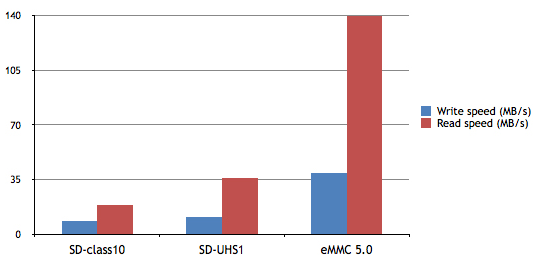
| Write speed (MB/s) | 8.5 | 10.8 | 39.3 |
| Read speed (MB/s) | 18.9 | 35.9 | 140 |
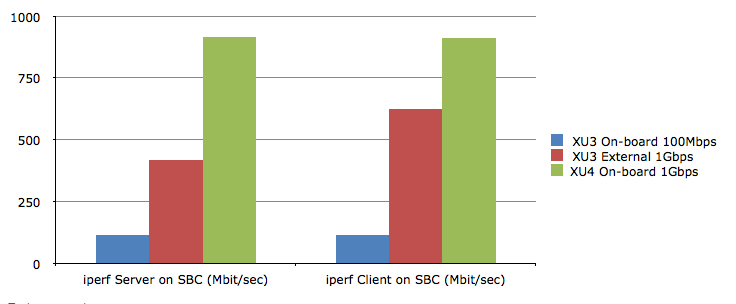
| Ethernet performance | XU3 On-board 100Mbps | XU3 External 1Gbps | XU4 On-board 1Gbps |
| iperf Server on SBC (Mbit/sec) | 114 | 419 | 915 |
| iperf Client on SBC (Mbit/sec) | 114 | 625 | 911 |
NETWORK STORAGE PERFORMANCE
These days, network storage applications like NAS and cloud services are popular. We ran the famous OMV (Open Media Vault) OS on the XU4 to measure network storage performance.
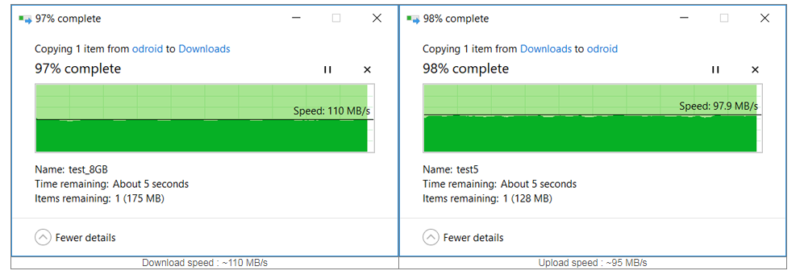
- 1 x Odroid XU4Q
Accessories :
| Processor Specifications | |
| Processor | Samsung Exynos5422 Cortex-A15 2Ghz and Cortex-A7 Octa core CPUs |
| Operating System (OS) | Linux Kernel 4.14 LTS |
| GPU | Mali-T628 MP6(OpenGL ES 3.1/2.0/1.1 and OpenCL 1.2 Full profile) |
| Memory Specifications | |
| RAM | 2Gbyte LPDDR3 RAM PoP stacked |
| Flash | eMMC5.0 HS400 Flash Storage |
| Connectivity | |
| Ethernet | Gigabit Ethernet port |
| Electrical Specifications | |
| Input Power | Power: 5V/4A input |
| Physical Attributes | |
| Size | 83 x 58 x 20 mm approx.(excluding cooler) |
| Additional Information | |
| Warranty | |
Odroid-XU4Q
- Brand: Hardkernel
- Product Code:Hdk-ODROID-XU4Q
- Reward Points:70
- Availability:Discontinued
- रo 6,969.00
-
रo 5,817.00
- Price in reward points:6969
-
- 2 or more रo 6,912.00
- 4 or more रo 6,883.00
- 9 or more रo 6,854.00
- 19 or more रo 6,797.00
Available Options
Related Products
CloudShell2 Case2 for XU4 SmokyBlue
15V/4A power supply is sold separately. Note: 15V/4A power supply is sold separately. Comp..
रo 2,604.00
Odroid XU4 Case Top Half
Make your favourite combinations!! Buy one base and one top separately and match your c..
रo 355.00
Odroid XU4 Case Base Half
Make your favourite combinations!! Buy one base and one top separately and match your c..
रo 376.00
Power Adapter 5V/6A for Odroid XU4 / XU4Q
High quality stable and low noise power supply for XU4. When you connect an external ..
रo 669.00
Power Adapter 5V/4A for Odroid XU4/ XU4Q, HC1, MC1
ODROID can't be powered by micro-USB port. So you need this power supply. AC 100~240 Volt in..
रo 736.00
USB3.0 eMMC Module Writer 2
Easier and faster way to flash your OS image into the eMMC Module. With this unit, you will not need..
रo 1,302.00
Odroid XU4 Case
For those who wants to protect the ODROID-XU4 board from dust and the elements. Str..
रo 710.00
Cooling Fan XU4 Blue
Cooling Fan XU4 Blue The ODROID-XU4 includes the cooling fan by default. You might need this p..
रo 657.00
eMMC Module for H-series
8GB / 32GB / 64GB (eMMc Module)16GB eMMC module uses both eMMC 5.1 chipset and the Phison eMMC chips..
रo 1,302.00
ODROID-VU7A Plus: 7inch HDMI display with Multi-touch and Audio capability
The ODROID-VU7A Plus is your new 7-inch multi-touch screen for the ODROIDs with audio capability!7-i..
रo 9,599.00
ODROID SmartPower 3
The easy way to make a Green platform. The ODROID Smart Power3 is an easily deployable power supply ..
रo 2,959.00

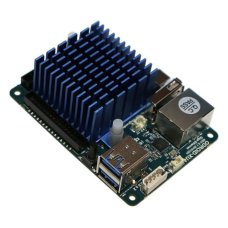

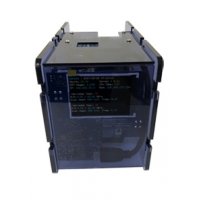
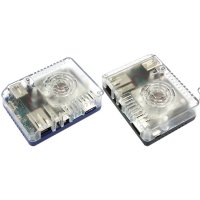
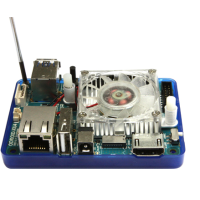
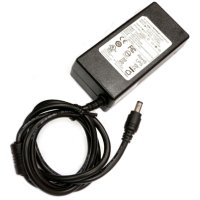

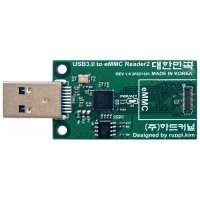
-200x200.jpg)
